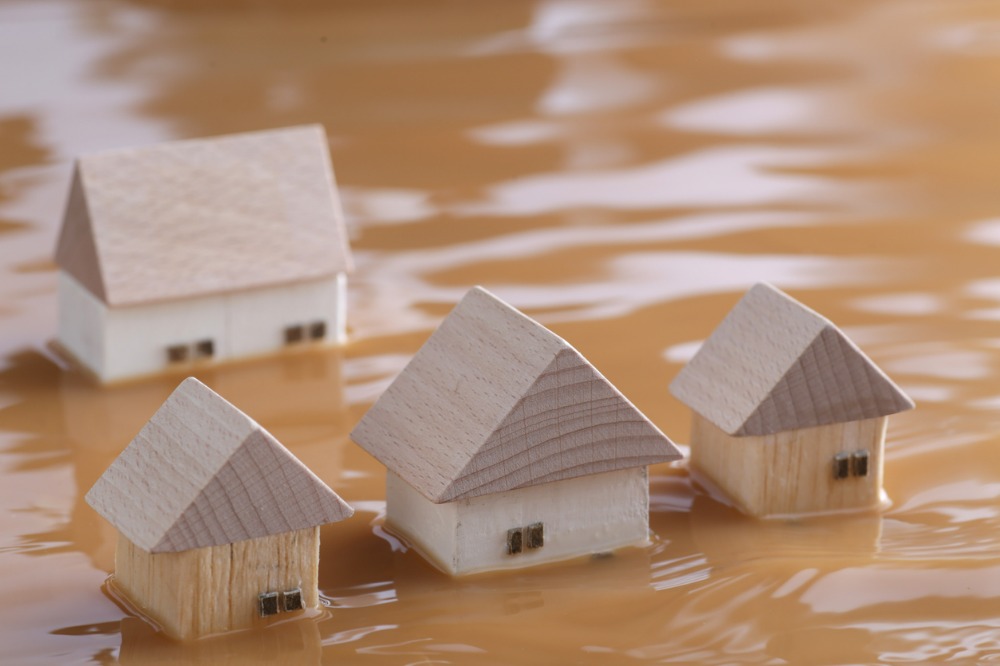Cyclone Gabrielle part of "new era of disasters"

“February 2023 will go into the record books as a month during which Aotearoa New Zealand experienced one of its worst weather disasters in modern history, by way of an ex-tropical cyclone,” NIWA said. “On February 13-14, Cyclone Gabrielle passed just offshore of the northern North Island, exposing much of the island to extreme rainfall and river flooding not seen in many years, catastrophic wind damage, and substantial storm surge.
“Unfortunately, this culminated in widespread destruction to agricultural and horticultural lands, dozens of impassable roads, severe coastal erosion, the country’s third-ever national state of emergency declaration, and loss of life. The most significant damage occurred in Northland, Auckland, the Coromandel Peninsula, Gisborne, Hawke’s Bay, and east-coastal Manawatū-Whanganui.”
NIWA believes the recovery from Cyclone Gabrielle will not only be very costly but also likely to take years, especially along the North Island’s east coast.
Meanwhile, flooding also occurred on dates including Feb. 1, 24, and 28.
The Crown research institute said in its report: “Rainfall extremes were in abundance during February 2023. There were several events that delivered more than a typical month’s worth of rain to multiple regions. Parts of southern Northland, Auckland, Gisborne, Hawke’s Bay, coastal Wairarapa, and parts of Canterbury all received at least 400% of the normal February rainfall.”
According to NIWA, 18 North Island locations and six South Island locations observed either a record or near-record wet February.
“New era of disasters”
NIWA’s monthly summary comes hot on the heels of a Marsh McLennan report that points to countries’ inability to cope with flood risk.
“Recent disasters and rising losses expose the failures of current flood risk management strategies,” said the 41-page document authored by Swenja Surminski, Claudio Saffioti, and Anjali Kannangath of Marsh McLennan Advantage. “Neither high-income nor low-income countries are capable of coping with current threat levels, much less changing future risk trajectories.
“Risk management strategies are often rendered ineffective, hampered by many factors including short-termism, limited stakeholder collaboration, misaligned incentives, and unsuccessful financing models. Despite the opportunities offered by data analytics and new risk management tools, current approaches to flood risk management remain reactive.”
In the broking giant’s view, innovations in resilience strategies will be outpaced by rising levels of flood risk, unless the approach is urgently changed from responsive to anticipatory.
“A recent series of catastrophic flooding incidents heralds a new era of disasters,” the authors said. “In New Zealand, deadly floods caused by Cyclone Gabrielle in February 2023 came just weeks after multiple locations in the North Island experienced their worst floods on record.”
Other examples that were cited include recent events in the US, Japan, Pakistan, and Australia, as well as events from 2020 and 2021, respectively, in China and Europe.
“All these events highlight how the threat of flooding is escalating while efforts to manage risks remain inadequate,” Marsh McLennan’s report said. “Additionally, flood insurance protection gaps are growing in many parts of the world. Losses are leaving a mark on the sector and led to a particularly challenging January 1, 2023, renewal in some key markets, while in many countries flood insurance is still not available.”
What do you think of the recent flooding events? Share your thoughts in the comments below.





